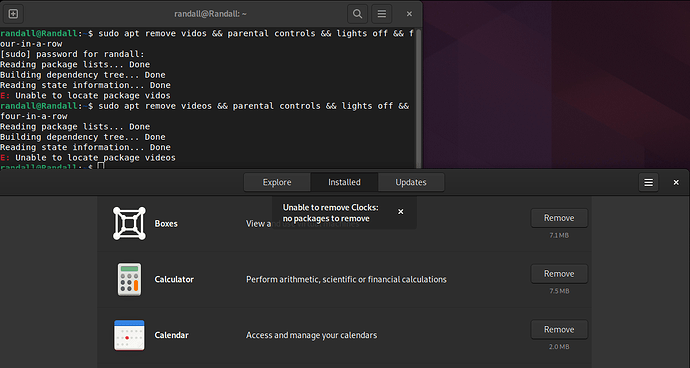I appreciate the recommendation. Perhaps I simply don’t know, but wouldn’t I need to be able to access the boot menu to do so? That is part of the problem.
The ‘esc’ key does not allow me to gain access to the boot menu, as described here. I am having a different issue. Upon system startup, the first thing I am presented with (just to be clear) is the decryption passphrase input screen; afterward, the graphical overlay for PureOS starts up, and if I press the ‘esc’ key at this juncture, it just takes me to the black screen listing the individual tasks being performed on system initialization. I have tried all the ‘f1-12’ keys, and holding down the ‘shift’ key (per the debian documentation, since PureOS is based off of it, I thought I would try…) but nothing helps. I also do not see any text displayed in the graphical overlay detailing how to gain access to the bootloader/boot menu. As such, how then would I reinstall the OS, if I am unable to gain access to such menu, in order to switch the bootable device? Perhaps I am missing something… I have never had this kind of an issue with a linux install before.
Edit: this is why I was wondering if I should just wipe the filesystem. I am reticent to do so, however, after reading posts to this effect. I don’t need the disc to be encrypted for my purposes. But now that it is, I want to make sure I won’t just be causing more hassle for myself by trying to fix this issue… whatever it is.
